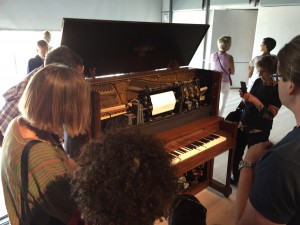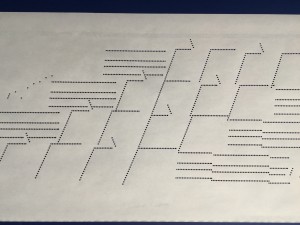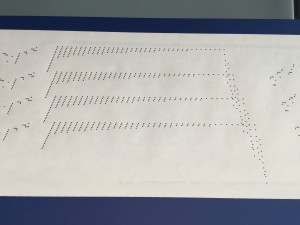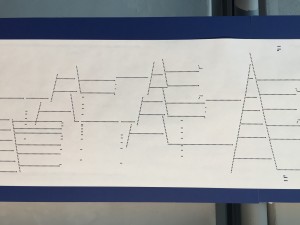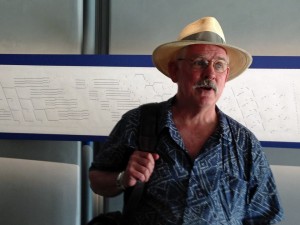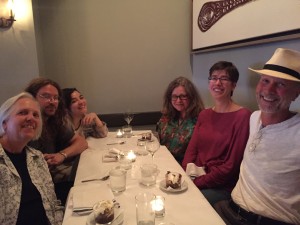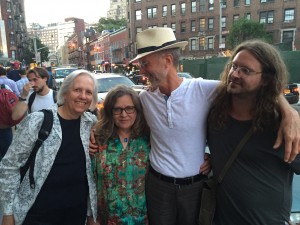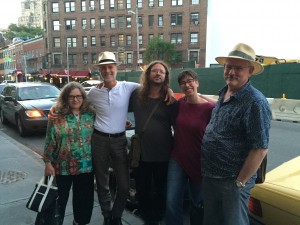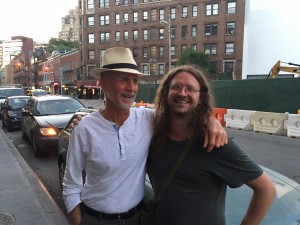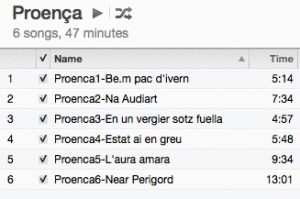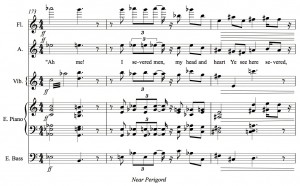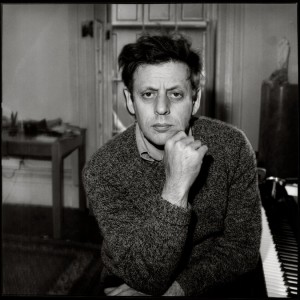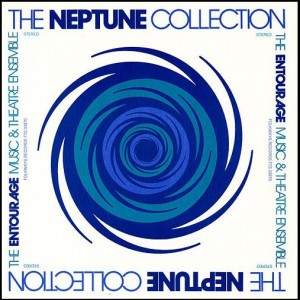I am thrilled to report that the University of Illinois Press has officially confirmed that they are going to publish my book Essays After a Sonata: Charles Ives’s Concord.
Here’s what happened. Yale UP doesn’t have a music series anymore. Nevertheless, a humanities editor there liked the idea of my book and accepted it, some three years ago. Naturally, he left. I had broken my own rule: Never approach a publisher until a book is virtually finished. Editors rarely stay at one publisher for the amount of time it takes to write a book. I don’t know why, but editors and publishers play a game like musical chairs. One former editor calls me up offering to do a new edition of American Music in the Twentieth Century every time he lands at a new publisher, which seems like about every two years. And the new editor is likely to have completely different interests and criteria. Out my my six books, three have now gone to a different publisher than I started out with for pretty much that reason.
Anyway, a new, inexperienced, surly, and non-musically-savvy editor inherited my manuscript. I could tell from her first week she wasn’t interested. She kept throwing up hurdles in my path. She sent it to terrible readers. Finally, I challenged her to explain why my defense against the readers wasn’t sufficient and to detail what changes she wanted and why. Didn’t hear from her for months. In the meantime I approached my lovely former editor for my Robert Ashley book. She was all enthusiasm. She sent it out to two readers who basically had no complaints whatever, just unadulterated praise. (I suspect they were not musicologists, but one a composer and the other a pianist who’d played the Concord.) Part of being an editor is knowing whom to send the manuscript to; you need two professionals to sign off on it, not to give the author pretentious advice on how to write his sixth book.
Anyway, the Yale editor finally, in May, sent an email saying the book was accepted. I told her I had another publisher interested, and that if she wanted to get out of this contract, as she manifestly did, this was her chance. She jumped at it. It was the fastest I’d ever heard back from her. I returned my $750 advance, which I thought was a totally unfair demand on Yale’s part, but I would have paid more than that to get out. And I afterward heard that that editor is leaving Yale UP for a publisher I’ve never heard of, so I gather that I wasn’t the only one unhappy with her. If only she’d left a few months sooner.
So – following a totally pointless eight-month delay, Essays After a Sonata is back on track. I made none of the substantial changes demanded by the Yale readers. They accomplished nothing, except to make me change publishers. Despite years of booing and hissing from the musicological community (including being turned down for three years’ worth of NEH and ACLS grants), my book will come out exactly as I intended it.

